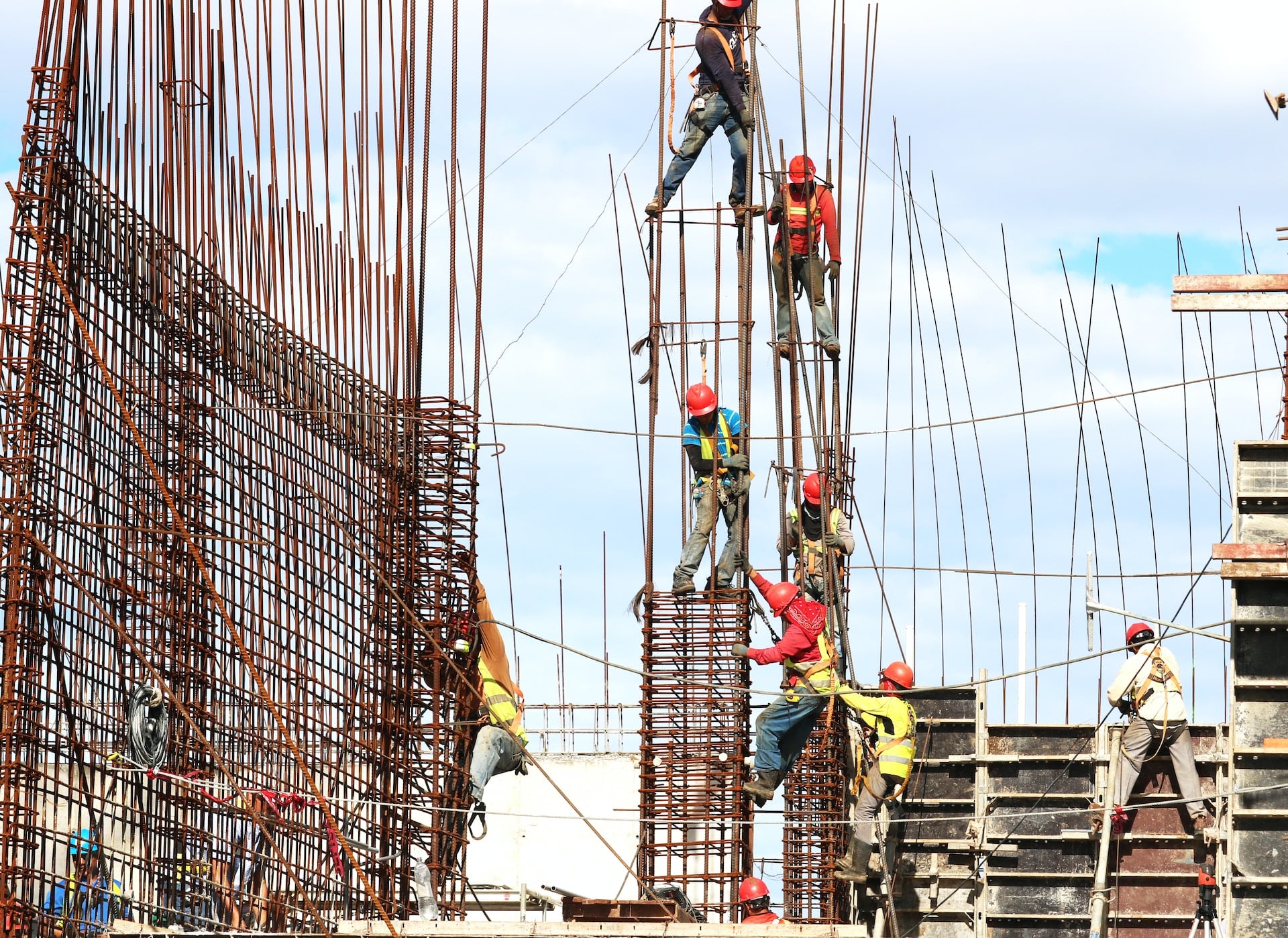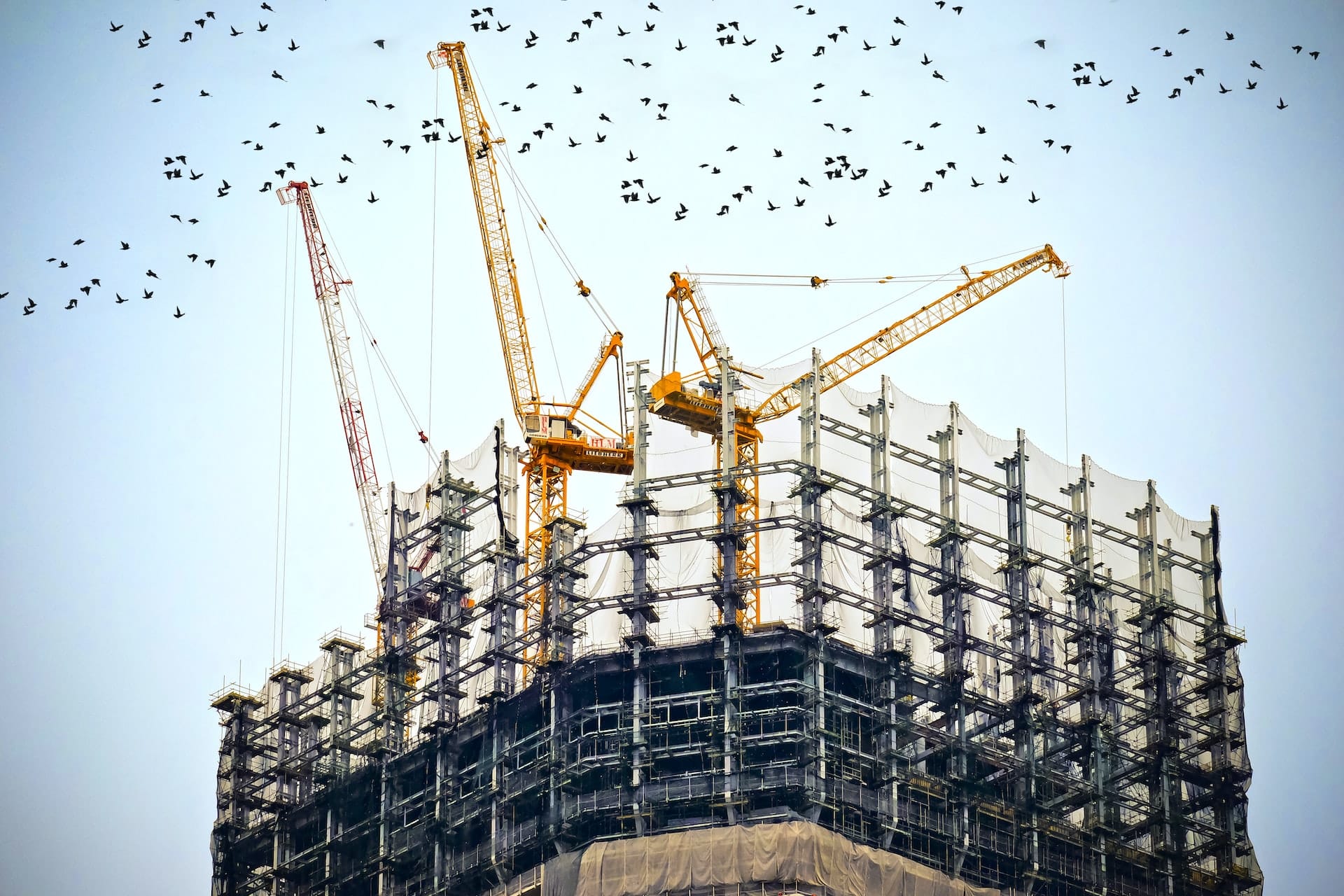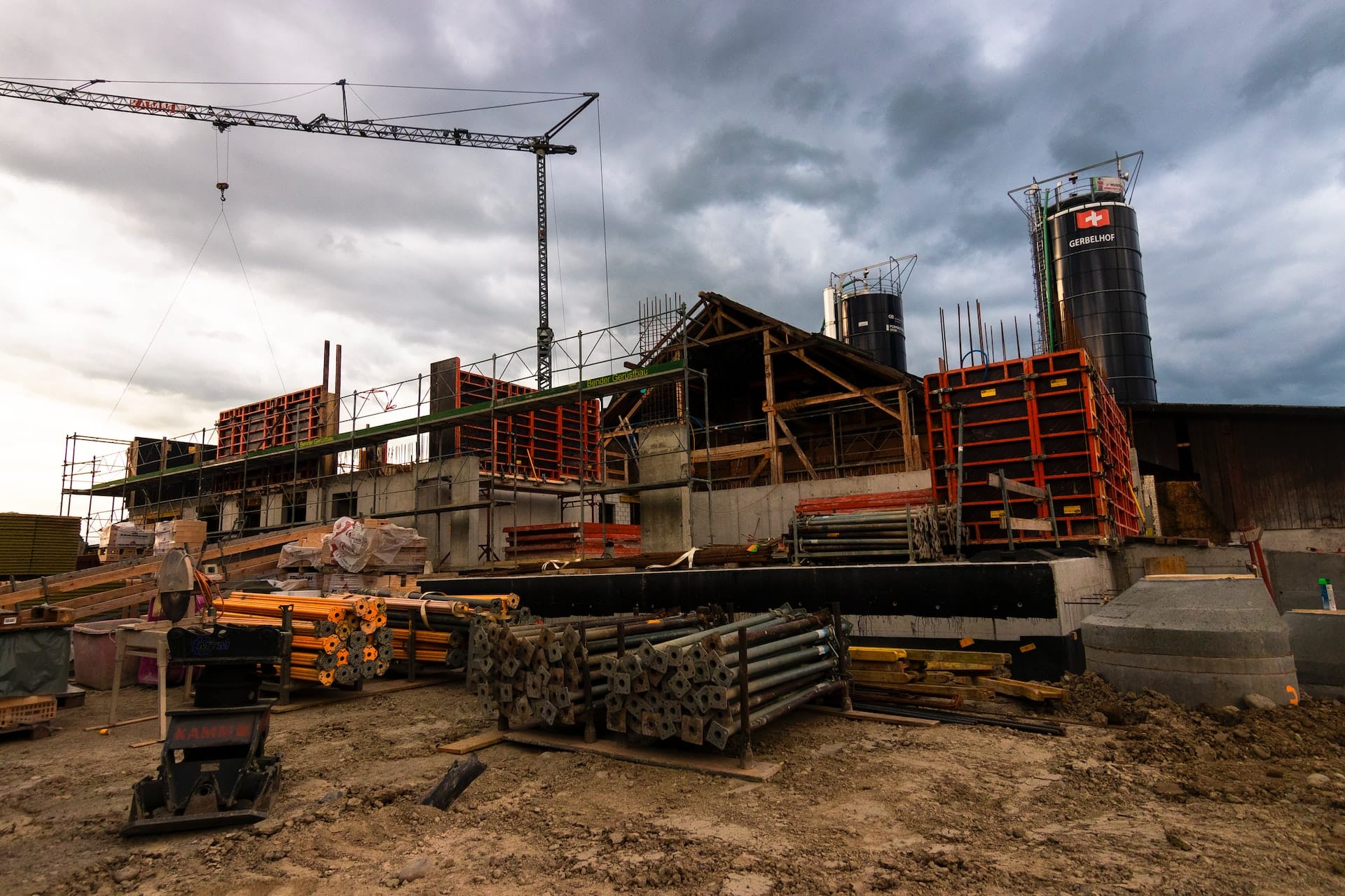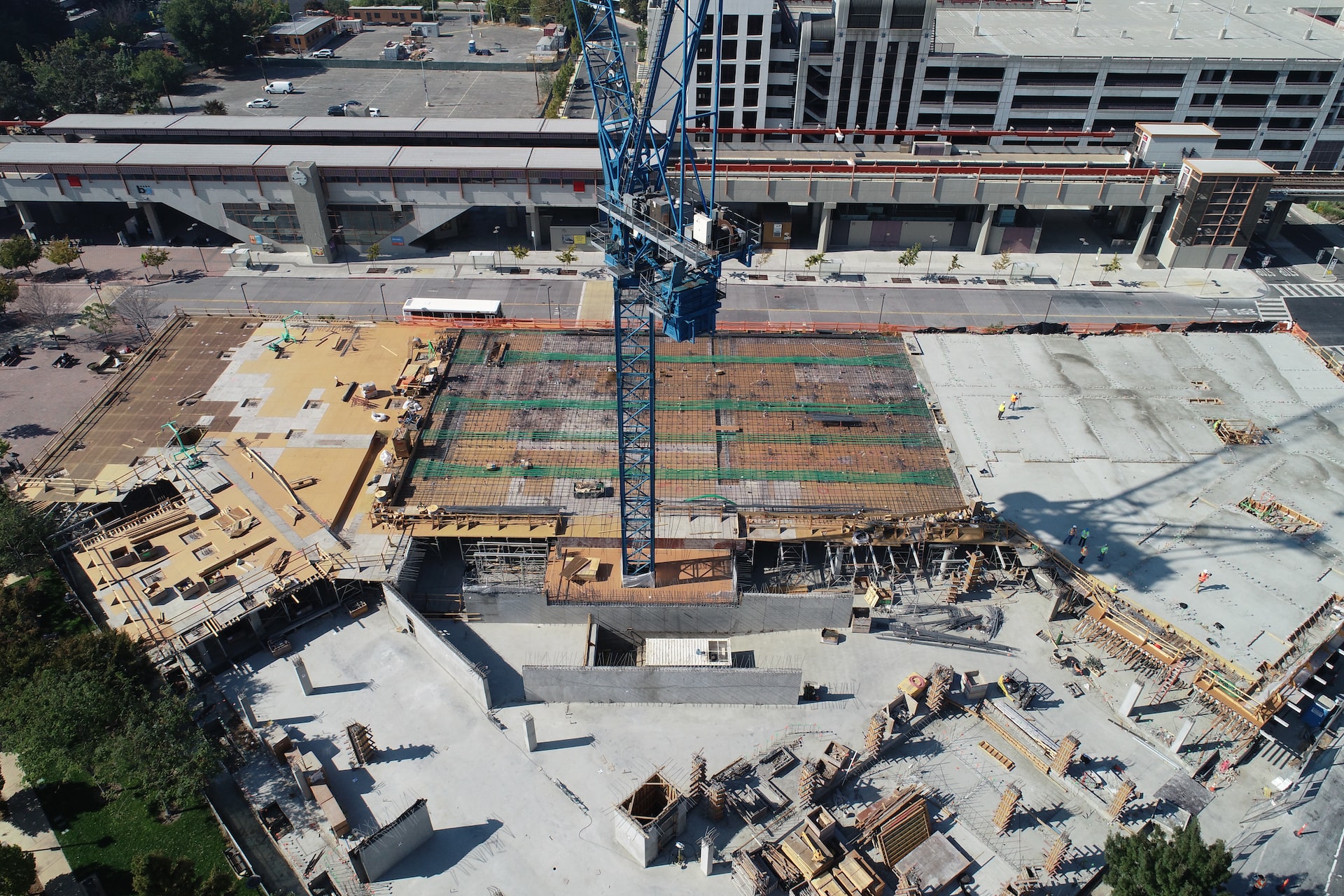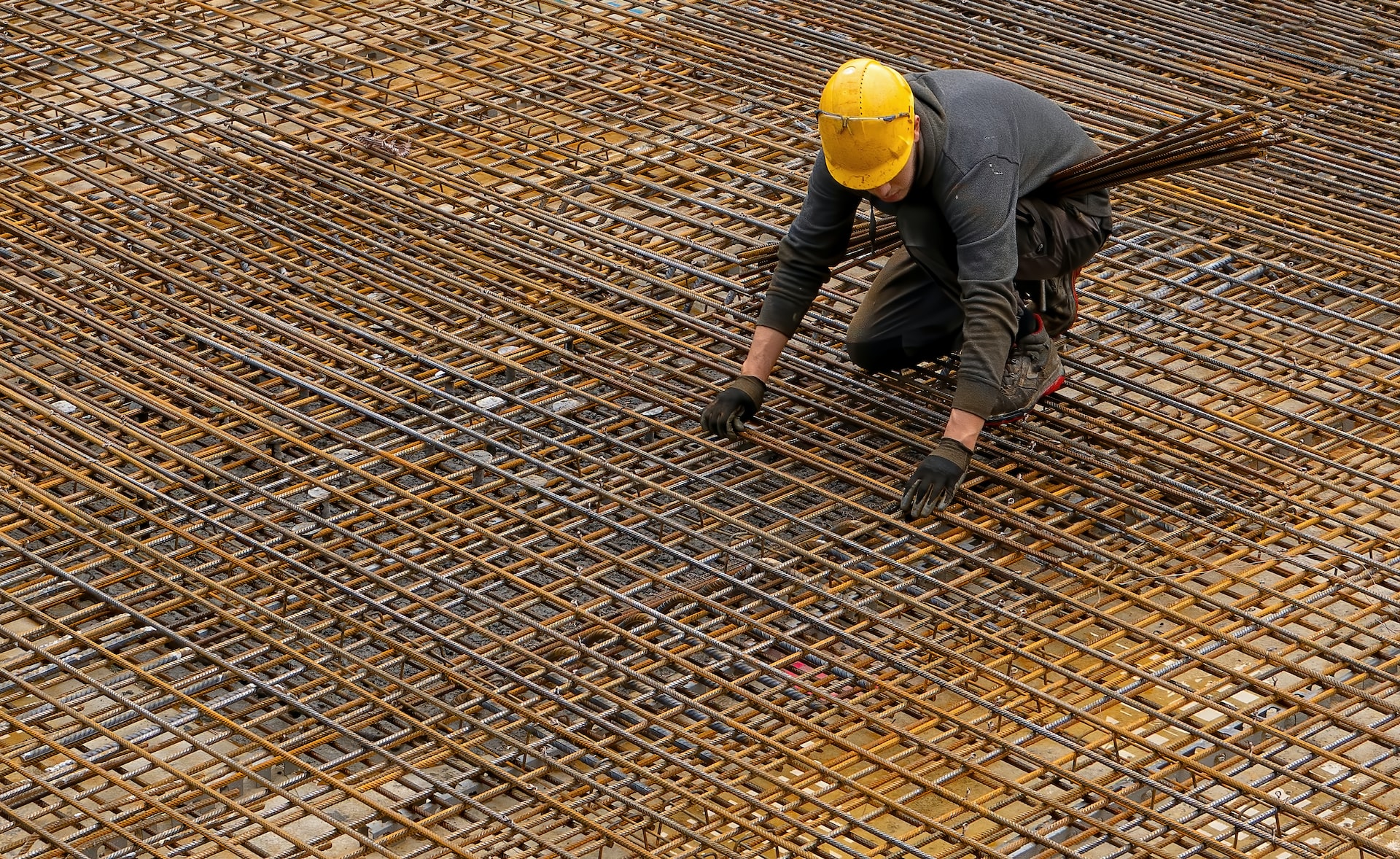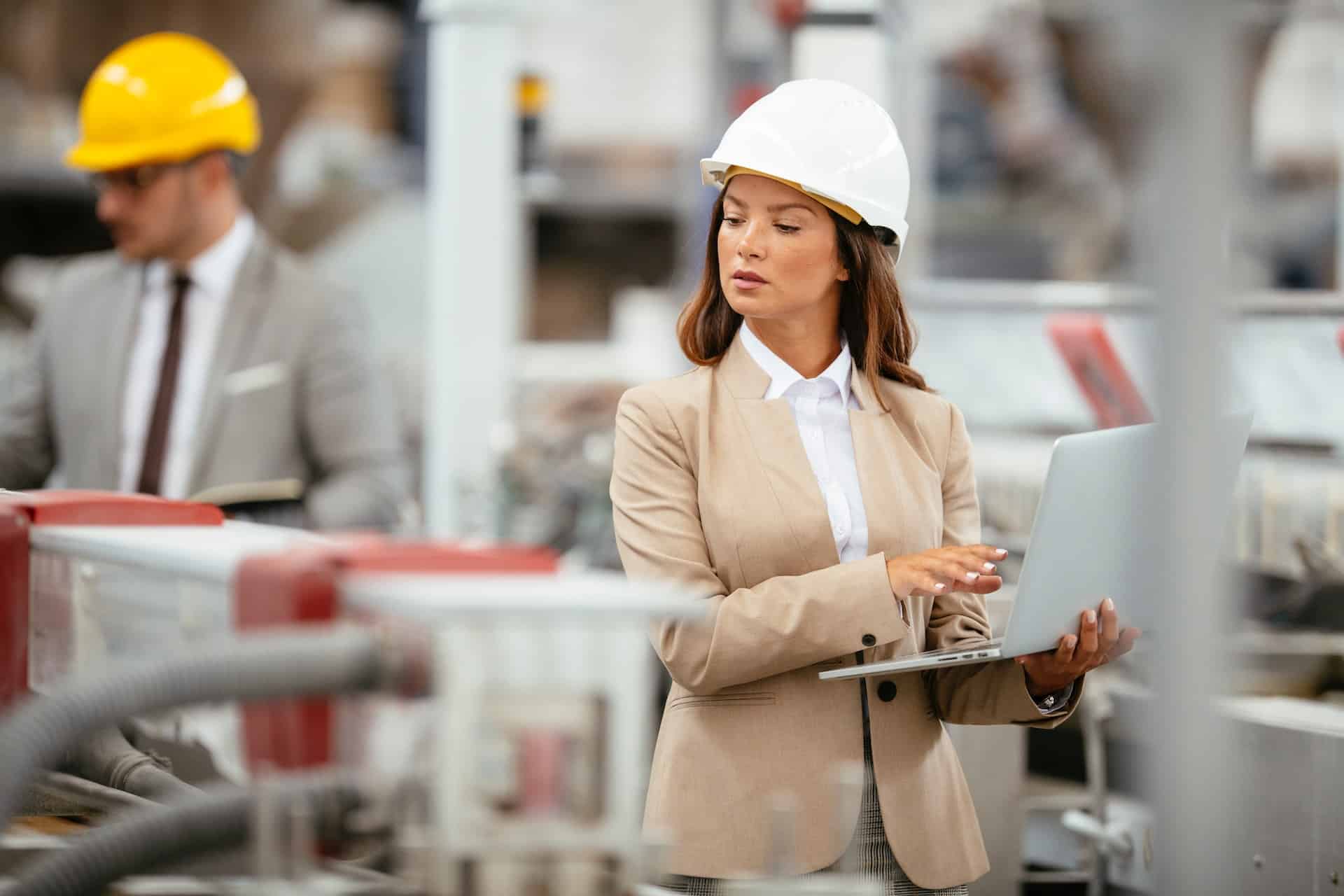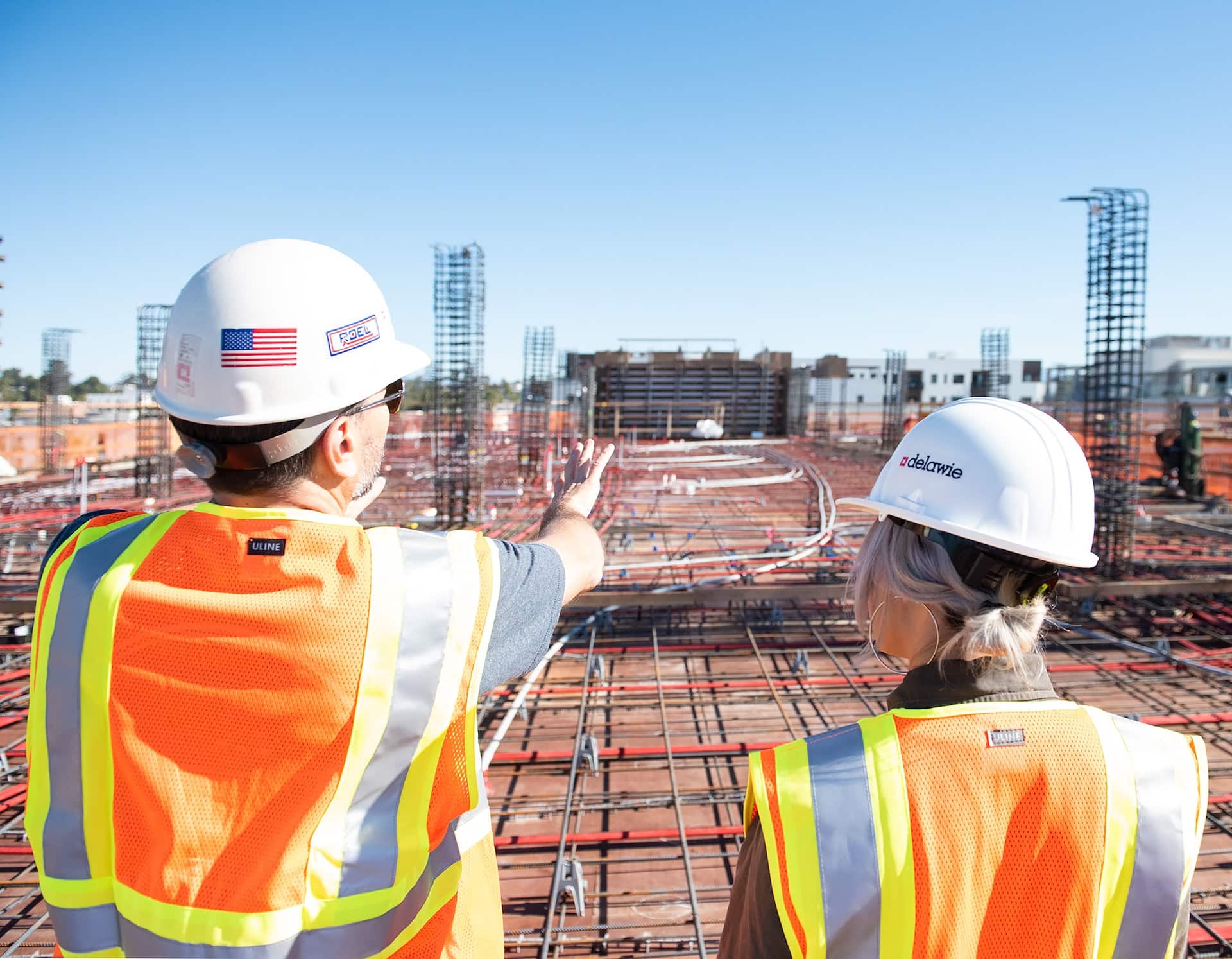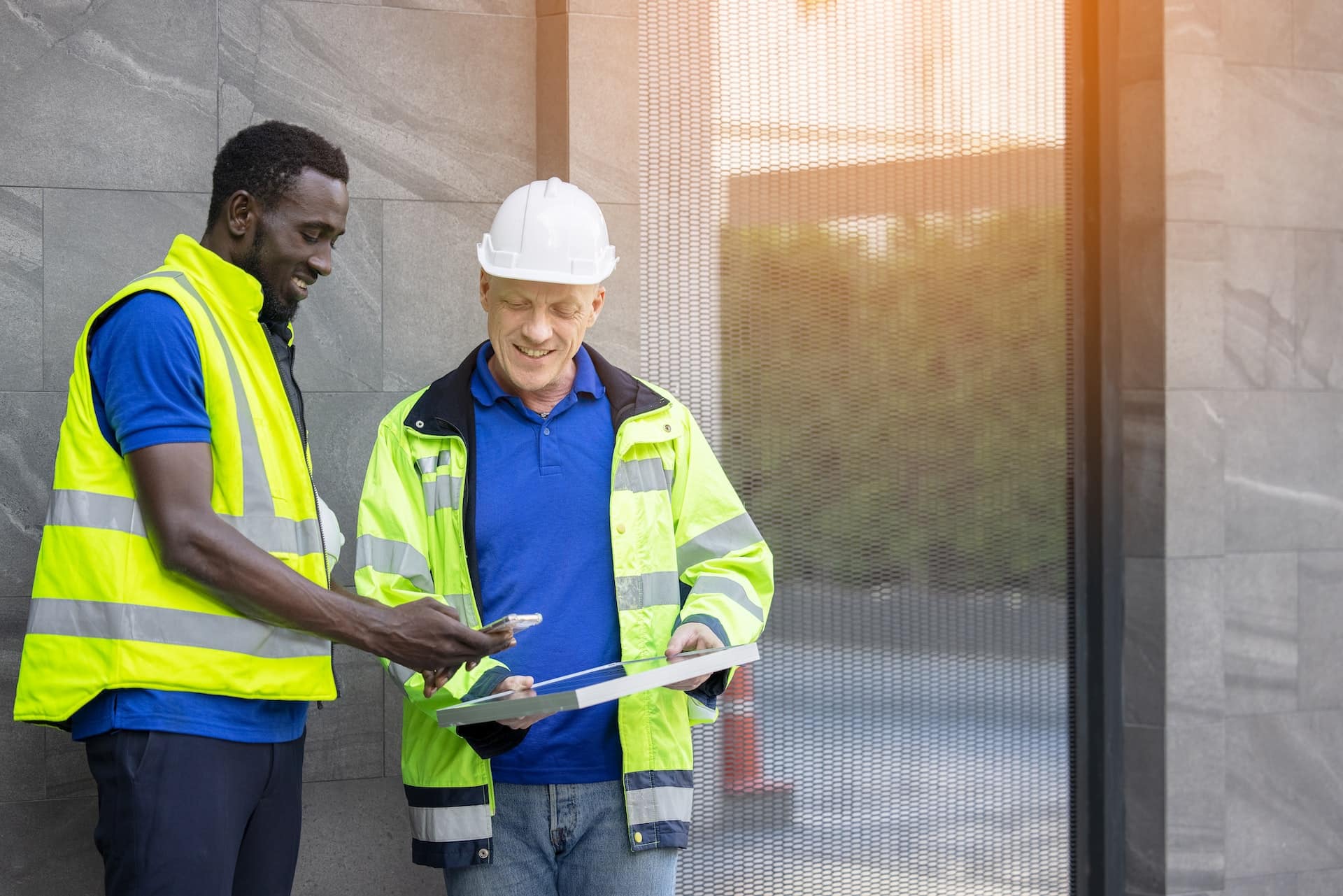Building a structure is a complex process that requires careful planning and execution. One of the most critical aspects of the building is its foundation.
The foundation of a building is the base upon which the entire structure rests. It is responsible for transferring the weight of the building to the soil beneath it, ensuring that the structure remains stable and secure.
There are several types of building foundations, each with its own advantages and disadvantages. This article provides a helpful overview of the types of building foundations.
Types of Building Foundations
1. Strip Foundation
A strip foundation is commonly used for small buildings or structures with lightweight loads. It is a shallow foundation that is made up of a continuous strip of concrete or masonry that is laid on top of the soil.
The strip is usually around 300mm wide and 150mm deep. Strip foundations are relatively cheap and easy to construct, making them a popular choice for residential buildings.
2. Trench Foundation
A trench foundation is a type of foundation that is similar to a strip foundation. However, it is deeper and wider than a strip foundation.
A trench foundation is usually around 600mm wide and 600mm deep. It is used for buildings that are heavier and require a more substantial foundation.
Trench foundations are more expensive than strip foundations but provide more stability and strength.
3. Pad Foundation
A pad foundation is a type of foundation that is used for individual columns or posts. Each column or post is supported by a single concrete pad, which forms the foundation’s modest depth.
Pad foundations are used for smaller buildings and structures, such as sheds or garages. They are relatively cheap and easy to construct.
4. Raft Foundation
A raft foundation is a type of foundation that is used for larger buildings or structures. It is a flat concrete slab that is laid over the entire area of the building.
The slab is usually around 300mm thick and is reinforced with steel bars. Raft foundations are used for buildings that are heavy or have uneven loads. They provide a high level of stability and strength.
5. Pile Foundation
A pile foundation is a type of foundation that is used for buildings that are constructed on soft or weak soil. It is composed of numerous deeply dug holes that are filled with steel or concrete piles.
Pile foundations are more expensive than other types of foundations but are necessary for buildings that require a high level of stability and strength.
Factors to Consider when Choosing a Foundation
When choosing a foundation, there are several factors to consider. These include the following:
1. Soil Conditions
The type of foundation you choose will depend on the soil conditions of your building site. For example, soft or weak soil will require a piled foundation, while firm soil may only require a strip foundation.
2. Building Load
The weight of your building will also determine the type of foundation you need. Heavier buildings will require deeper and wider foundations, such as a trench or raft foundation.
3. Cost
The cost of the foundation is another important factor to consider. Strip and pad foundations are the most affordable, while piled foundations are the most expensive.
4. Building Regulations
Building regulations may also dictate the type of foundation you can use. You should check with your local authorities before selecting a foundation.
Conclusion
The type of foundation used can greatly impact the durability and longevity of the building, as well as the safety of its occupants. Understanding the different types of building foundations and their characteristics enables builders and homeowners to make informed decisions to ensure a solid and safe structure.
A&R Builders provides quality concrete foundations for commercial and residential home builders. We proudly serve all areas in Cape Coral, Fort Myers, Bonita Springs, Estero, Immokalee, Lehigh Acres, North Port, and Naples.
We offer personalized options and a wide range of prices catering to every budget, so you’re sure to find the solutions you need. Contact us today to learn more!

